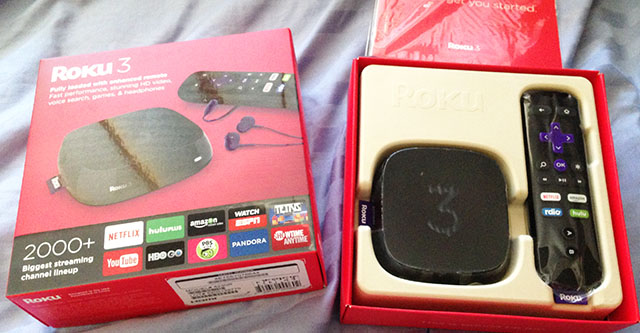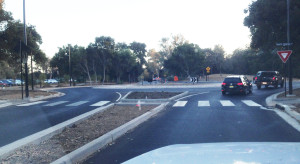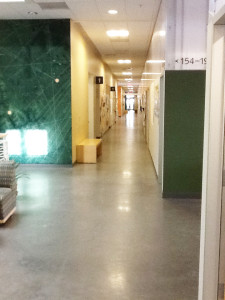TED Radio Hour: The Source Of Creativity
Saturday, October 24th, 2015It’s been a while since I have found something from TED provoking enough to comment on in this wiki. To some degree, the WSJ Personal Journal has been publishing articles on topics seemingly more relevant to the YCISL program, but I also feel the TED topics have become un-connectable; they are about personal experiences (yes, a good thing!) but not in a way that leads to connect-the-dots. So to my bemusement I now feel wont to comment here on “The Source of Creativity” which was the topic of the TED Radio Hour on October 3, 2014 (this was the original broadcast date, but it caught my attention now because it was re-broadcast in September 2015 and I happened to look for some podcasts to listen to on a long drive) and hosted by Guy Raz. I am particularly bemused because it refers to a collection of years past TED Talks (including one of my favorites by Ken Robinson) which goes to show how enduringly meaningful the older TED Talks are.
So if this is just a collection of older TED Talks, why not just listen to those TED Talks? It’s because the connections to past TED Talks is selective. These sound bites supported live interviews with those speakers and provided updates on their thoughts – further deepening the significance of the original TED Talks. I especially enjoyed listening to the part with Gillian Lynne which made Ken Robinson’s story about her become even better.
Besides being obviously in the Ken Robinson Fan Club, I would also mention that I found the part of the show with Sting also meaningful. In fact, in the week since listening to this show, I have referred to a point in this interview in two conversations with colleagues and it relates to the YCISL. There is reference to “a deeper place” and “comfort in being who I am” which comes from revisiting youth. This works with the YCISL exercise of “A Message to My Past Self” which is by natural perception deeper and vivid than the future outlook. This is motivating reason to work on reflections on the past – lessons learned and acceptance of paths chosen. For YCISL, KI, EI and LI all come from what Sting talks about in the interview. There is a struggle to maintain creativity, but strength from re-connecting with the past can help reinvigorate that creativity which can be smothered by C-R-A-P (reference to Richard St. John, btw).
Bottom line: yes, I recommend listening to this podcast. I plan to listen to it a few more times because I think I will learn more every time.



